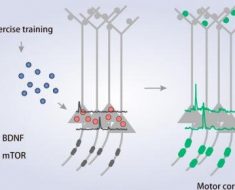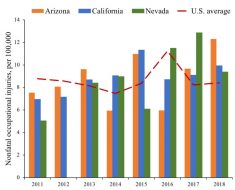![]()
Better care coordination has been the subject of healthcare reform and new payment models over the past 10 years, but true coordination across the continuum is still hindered by a range of barriers. The underlying issue: Team-based care is only effective when the entire team — care providers, clinicians and patients — are on the same page.
A 2016 article in the Journal of the American Board of Family Medicine, for example, identified excessive caseloads, data management difficulties, a lack of availability of community resources, and poor communications with other healthcare facilities as key barriers to end-to-end coordination.
John Sharp, senior manager with the Personal Connected Health Alliance of HIMSS, believes that new technology is coming online that can address these problems. While no magic bullets exist, he says automating workflows across organizational lines and deploying mobile devices at key points in the process will go a long way in standardizing care and helping clinicians realize the goal of patient-centered healthcare.
“A big challenge we face is that in most places, there’s no actual coordination between providers, especially between providers in different systems due to a lack of interoperability,” Sharp said. “This is a result of cultural, policy and technology failures, but the landscape is beginning to change.”
Sharp said current pilot programs for treating congestive heart failure are implementing intelligent workflows that react to data from remote monitoring devices, such as wireless scales and blood pressure cuffs. If an abnormal reading occurs, the case is reviewed by a care coordinator to determine whether the patient is deteriorating and at risk for readmission or at least an emergency room visit. If the data trends continue to suggest a problem, cases can be escalated according to evidence-based best practices.
“Behind the technology, there needs to be a remote monitoring center or telemonitoring team,” Sharp said. “That doesn't mean they have to look at every data point but interpreting changes in patient status with better data analytics and artificial intelligence.”
The team approach is critical to wellness and disease prevention. Sharp said that better medical schools are emphasizing coordinated care today, in contrast to an older, more traditional view of a single physician being solely responsible for a patient’s care. He also said the medical home concept has helped introduce the concept to patients as well.
But while some studies have shown improvements in care delivery because of these changes, results also show that “there are too many gaps that patients might fall through as medical care has become more complex.”
This is where consumer apps, devices and patient portals play a role. Fitbit, for example, is involved in approximately 500 clinical trials investigating ways in which new data sources can be incorporated into a longitudinal patient record.
“The data needs to come in, then be integrated into some kind of analytics program and be displayed visually in a dashboard so a physician could see which patients are at risk or out of range of what would be expected,” Sharp said.
Better yet, healthcare systems are developing workflows, embedded in EHRs and patient portals, that trigger care team actions based on exceptions. The end result is the consistent application of best practices.
“Transparency is paramount,” Sharp said. “Everybody has to be able to see the status of the patient and the extent they're adhering to the plan. This is as true for the patient as for providers. If you have a care plan, and it's relatively complex and involving several medical professionals, then that should be transparent to patients, so they can know, ‘Where do I stand, what's my latest lab work, and who do I call for what problem?’”
Source: Read Full Article





